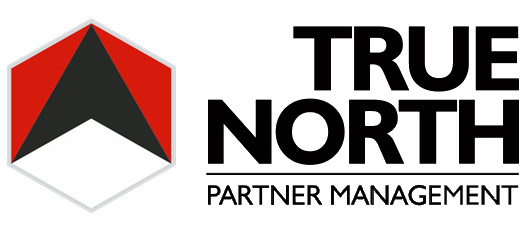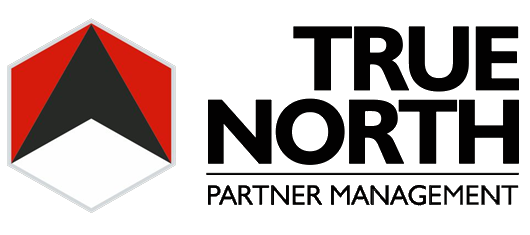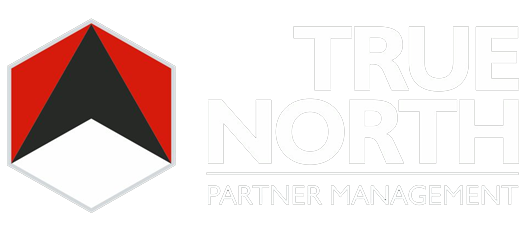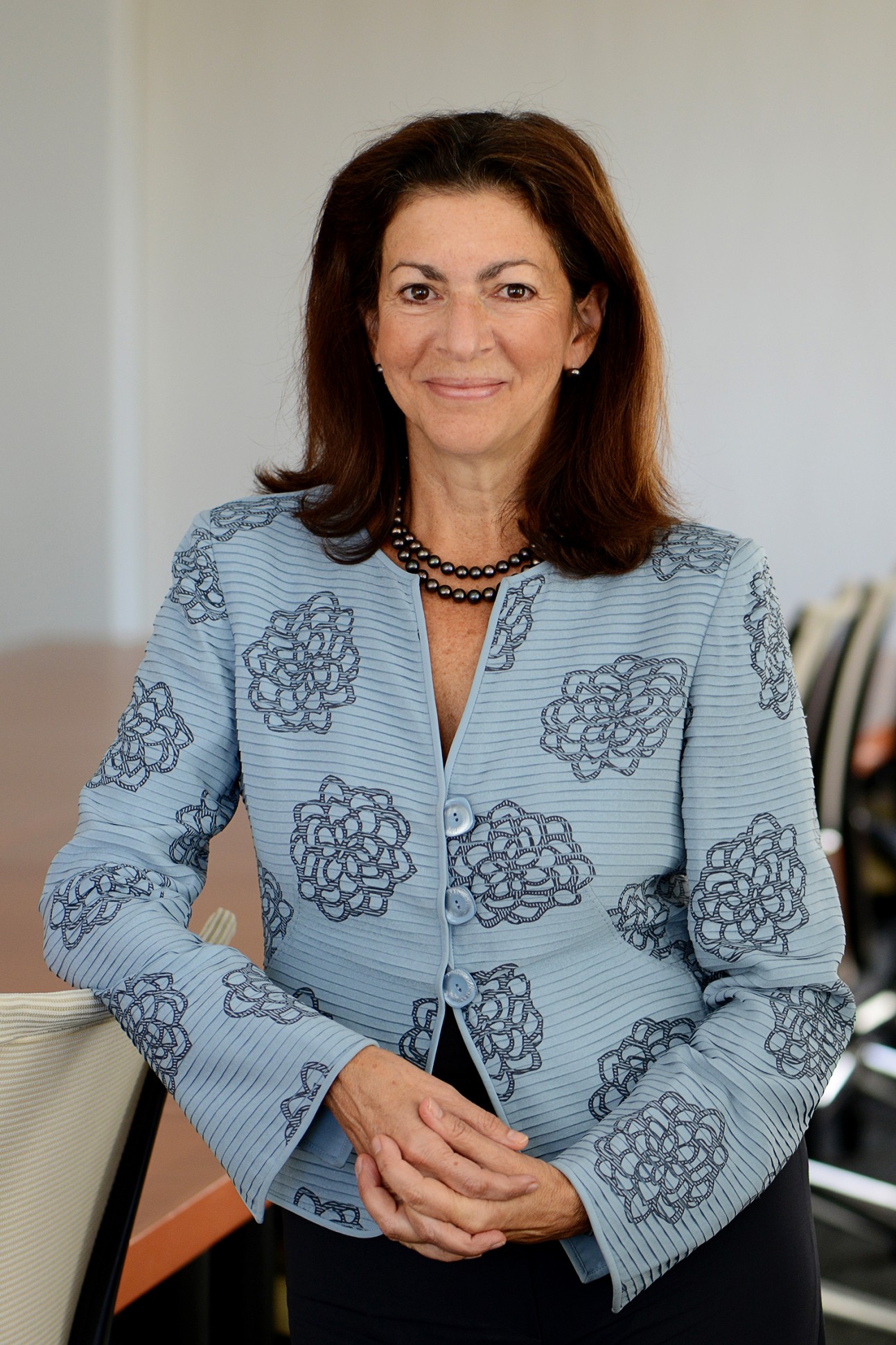The following post originally appeared on Forbes | February 9, 2015
In 1973, women comprised only 12.1% of J.D. enrollment. In 2013, they comprised 47%, a massive leap. More recently, and perhaps more importantly, we’ve seen a narrowing of the gap in employment, advancement, and remuneration. The ABA Commission on Women tells us that in 2001 women comprised 29.7% of all lawyers. This number steadily climbed to 34% in 2013. In 2001 women comprised 15.63% of partners in law firms nationwide; by 2013 that number jumped to 20.2%. In 2001, female lawyers’ average compensation was 72.8% of their male counterparts; in 2013 it was 78.85%. While there is certainly more ground to cover, we are on the right track.
At the tip of the spear are women in leadership, positions that are dominated by their male peers. Totaling (only) approximately 4% of BigLaw leadership ranks (as reported by NAWL in 2012), their numbers mirror, closely, those of C-level female executive seats, globally. Interestingly, this is despite data that extols the effectiveness of female leaders. Based on 360° feedback data derived from 450,000 feedback instruments pertaining to 45,000 leaders from a variety of industries, leadership consultancy Zenger Folkman found that women outpace men in 12 of 16 categories, including the coveted “overall leadership effectiveness” spot.
In writing The Failing Law Firm, research for my chapter on leadership found the major culprit of this disparity to be irrational and instinctive biases: Genetically perpetuated and culturally supported assumptions or attitudes that, though they originated in a very different time and environment, still linger and automatically and subconsciously influence our decisions—both men and women. At a macro level, the keys to overcoming these biases are education and observation: First, understanding that they exist, how to spot them, and that they are, indeed, irrational, that they are not supported by logic or data. Second, observe, experience, and otherwise participate in their disruption.
Today I speak with Therese Pritchard of Bryan Cave. Formerly serving on the firm’s executive and compensation committees, and as the leader of their white collar, securities enforcement and litigation client service group, she is now Bryan Cave’s chair and a powerful participant in the disruption of gender bias. See our exchange below:
On Responsibilities As The Chairperson
Parnell: The term “chairperson” can mean different things in different firms. What, specifically, are your responsibilities with Bryan Cave?
Pritchard: If you’re talking about fundamental responsibilities, I function as the CEO of the firm. I chair our executive committee and the compensation committee, and I work closely with our management committee, which really runs the firm day to day. I consider my job to entail overall responsibility for the performance of the firm, and developing and executing on our strategy going forward. If I talk about it in general terms, my responsibilities are to maintain what is great about the firm, and at the same time, to encourage the changes that are necessary to respond to the changing business environment.
Parnell: Do you still practice law?
Pritchard: I do. I would have a little trouble giving that up because I love it. (Laughs) Frankly, it is so easy to get absorbed in a great matter for a client. It also is much easier to tell whether things are going well or not [on a matter], whereas it is more difficult to determine success when executing on a long-term strategy for the firm.
Parnell: I think the bandwidth issue comes into play, depending on your division of labor and the firm’s division of responsibilities. You are probably putting in some hours at this point. What would you say the division of labor looks like for you? How much are you still practicing? How much are you managing?
Pritchard: I would say that I spend less than 20% of my time practicing and at least 80% running the firm. And the total number of hours is certainly substantial. I have a great team that works with me on my cases. So, am I still practicing? Yes. But I am practicing at a much higher, more strategic level, than at the day-to-day “prepare a witness to testify” sort of a level. So that is really the difference. It takes less time because I have such a great team. But I am definitely keeping my hand in it.
On The Challenges Of Leading Her Firm
Parnell: What would you say are the one or two biggest challenges in leading a law firm?
Pritchard: Well, they really are the business challenges that many law firms are facing. Rate pressures continue to challenge law firms. Maintaining and growing business in a time of flat demand. Corporate spend on outside counsel is flat, certainly not up; companies are bringing more work in-house. So, we constantly have to be sure that we are adding value, communicating what makes us different from other law firms, and responding to client needs better.
On The Challenges Her Partners Face
Parnell: How about communication internal to the law firm? What are some of the issues that you are hearing internally and how are you handling those?
Pritchard: I would say that our partners always have a desire to be responsive to client requests and needs. Coming up with the right solutions that align our interests with our clients’ and enable us to deliver value to them, and also make a profit, ourselves, are things that we always strive to do. So, we talk a lot about aligning our interests with those of our clients and how we can reap rewards for efficiency and success.
Lawyers are on the front lines. They feel the pressures day to day from clients who have smaller budgets or want things faster. So, those are certainly challenges that we hear about from all of our lawyers. However, we have a very good support system in place. We have our practice economics group, which is a team of economists and lawyers that works with our lawyers on pricing and structuring and managing engagements so that if the client wants a fixed fee, they can deliver a fixed fee, or so that they can engage in creative pricing or project management that can deliver what the client needs at a reasonable price.
On The Evolution Of The Practice Of Law
Parnell: Looking out at the future—15-20 years from now—at a macro level, how do you see the evolution of BigLaw coming to pass? I know that that is a loaded and difficult question, but, from your view point, what do you see the law firm of the future looking like?
Pritchard: As our clients’ businesses become more global, their legal needs become more global. We have to focus on our ability to provide seamless service across multiple jurisdictions and to be able to respond to their increasingly global needs by becoming more global ourselves.
We were just talking about pricing and value. And certainly there will continue to be budget and pricing demands. We have to be able to deliver the best possible service as efficiently and cost-effectively as possible. I don’t see that changing in the next 10 years. I think that pressure will continue to exist.
I also think there is going to be more shifting of economic risk between firms and clients. There will be increasing adoption of alternative fee arrangements; as I say, aligning our interests and theirs. If we are successful on behalf of our clients, we will benefit from that. If the results are less than the clients hoped for, we may benefit less from those arrangements.
On Challenging-To-Service Clients
Parnell: What are some of the common themes that you’ve found in challenging-to-service clients? This may go back to better aligning the economic risk. Without naming particular clients (Laughs), what are some of the common themes that you’ve seen between some of the more difficult to work with clients?
Pritchard: I don’t really think about my clients in that way. I’ll flip that around and I’ll say this: The most challenging clients are the ones who are not candid about their needs. They may not be candid about the facts and the desired outcome in a particular matter. They don’t fully express their desires and expectations about the way they would like us to serve them. And they may not share budget constraints. So, from my perspective, the best clients are the clients who are totally candid about everything. And the more challenging clients are the ones where you are not quite sure of their priorities or expectations so that it is more difficult to have a direct and candid conversation about whether or not you can meet their needs.
We always try to communicate to our clients the challenges in particular matters and what we think reasonable expectations are for outcomes. We are developing some data-driven tools for litigation that use historical information to assess what the likelihood of success of filing a particular matter is, and what the typical costs of a particular motion are, so that we can provide data to support a risk-reward analysis. That is one way we are helping with those communications.
On Avenues For Bryan Cave’s Expansion
Parnell: You had mentioned global expansion earlier. How do you plan on doing this? Are you hiring laterally? Is it Organic? Are you open to mergers?
Pritchard: We are thoughtful and purposeful about our expansion. We are open to a variety of approaches, whether they are laterals or combinations of some kind. I will say that we have a very fundamental attitude about our practice, which is that it is collaborative and that it requires us to operate as one-firm.
Our philosophy is, fundamentally, that we find the best lawyer in the firm to service the particular need of the client. And we don’t want that to change. So, we are not interested in being part of a Verein structure, or any structure that might discourage operating in that way. Our thoughts about expansion are generally client driven. We look at where our clients have global needs that they might be interested in having us service. We look at the demographics of the markets: What markets are growing? What markets are our clients likely to be going into in the future? That is our approach in terms of looking at the world. We are open to how we expand globally, with the caveat that we are not interested in changing our one-firm approach to practice.
On Incentivizing Collaboration Among The Partnership
Parnell: It sounds like a highly collaborative environment. How are you incentivizing that collaboration? It is easy to say, but difficult to accomplish…
Pritchard: Most of our partners believe that the best way to practice is to be collaborative. I actually think it is more fun to practice that way, too. It benefits the clients because we bring the most relevant expertise to the matter, wherever it is. We have actually built compensation structures and management structures that reward teamwork. We have a compensation structure that rewards different types of contributions well beyond just who has the primary relationship. That is how we try to incentivize it, financially. We also have a lot of technology and processes in place that support the lawyer’s ability to form teams across offices. Our statistics show that about 30 percent of our work originates in one office and is done in another office. So, we have really effective cross office collaboration.
On Barriers To The Advancement Of Female Attorneys
Parnell: What are some of the most significant barriers to a woman’s advancement in this industry?
Pritchard: I think there is still an implicit bias—an assumption, or a concern—that women won’t work as hard on matters because they have so many other commitments. As a result, women often don’t have the same opportunities to work on the bigger deals or bigger litigation. Sometimes it is out of a sense of consideration. A partner may say, “Gee, I am not going to put her on this litigation that will require her to be out of town when she has small kids.”
So, it is not that people are consciously deciding that they don’t want to work with a woman; it is that they are making assumptions that end up inhibiting the woman’s advancement within the law firm. That is what I mean by “implicit” bias. Their assumption is that her choice would be to not be on the big litigation. And what happens is that she doesn’t advance as quickly or easily as her male counterparts.
On Advice To Women Seeking Advancement
Parnell: So, what would be your advice to women about overcoming a bias like this? With Therese Pritchard in view—15 or 20 years ago—what would be your advice to yourself?
Pritchard: I wish I had that gem. There is no one answer to that question. Everyone has to come up with that balance between their personal and professional lives. We are working on training programs about implicit biases so that no one makes assumptions about what that other person’s balance is. Really, it is about making sure that we don’t make assumptions that deny women, or others, the opportunities that they might want to pursue. Everybody has to make their own decisions about how they want to balance their lives. And it is also up to women to speak up and let others know that they want to be on those big matters and are willing to do what it takes.
On Challenges She’s Faced On Her Career Path
Parnell: We’ve spoken about challenges that women, in general, have in their career. Is there a particular challenge or roadblock that you’ve dealt with on your way up the ladder that really stands out to you?
Pritchard: David, I can tell you lots of funny stories; they are funny in hindsight. I’ve been practicing since the late 70’s, so I’ve certainly had my share of snide comments from judges or opposing council, or assumptions about what my role on a case is because I am a woman. I remember once when I was at the SEC and someone else got a promotion that I didn’t get: I was told that it was because he had a family to support. I had a husband and child at the time!
What I can tell you is that I have experienced all of those things. I prefer to look forward, not back. The environment is improving all of the time, which is great. We need to stay focused on the fact that it needs to continue to improve and work to eliminate remaining biases, but you have to look forward.
Parnell: So, what I am hearing is that rather than ruminate on the experiences and use them as fuel, you should leave them behind, let go of them altogether.
Pritchard: I would say let go of them, altogether, on a personal level. But understand that it is important to do what you can to change the environment so that those things don’t continue to happen.
On The Habits Of Highly Successful Attorneys
Parnell: What are some of the habits that you’ve noticed in some of the most successful partners you know? Are there any common themes that you have recognized?
Pritchard: They are both brilliant practitioners and are great at letting clients know that they are totally dedicated to delivering what the clients want. They are great practitioners and great communicators. They are experts in their fields and have the trust and confidence of their clients. They work really hard. They get to know their clients’ industries. They are people who really roll up their sleeves and dig in. Generally, they also have great personal brands. They have worked to establish their reputations.
On Gaining And Fostering Trust From The Partnership
Parnell: An interesting theme that I’ve found in my work—and you just mentioned it—is that good communication is critical. Trust, in particular, is absolutely a function of communication. Obviously your partnership trusts you; you wouldn’t have been elected without it. With that in mind, how are you going about fostering the growth of that trust?
Pritchard: We are a big firm with many offices. I try to get around to all of our offices and be as accessible as possible. When I was elected, there was a nine-month transition. I went on what I called the “listening tour.” I visited approximately 20 of our offices, sat down with partners, and talked and listened to individuals. I have hosted quite a few events at my home. I’ve attended affinity group retreats. I try very hard to be out and about and accessible.
The other thing I would say is that I am very direct. I generally tell people what I think—for better or worse—so I think that people don’t have a lot of doubts about whether I am being honest with them or not.
The partners need to know that you actually care about them and the success of their practice, and that you will do what you can to ensure that the firm provides them the support that will enable them to be successful. It is about being direct. It is about being honest about what is going on. It is also about making sure people know that you really do want what is best for the firm.
When you invite colleagues into your home, you develop a relationship that is personal as well as professional on some level, and I think that builds trust. It enables communications that are important. You know, we talk about having deep relationships with our clients. Well, one of our core values is that we treat our colleagues as our best clients. That is another principle that we try to live by.



